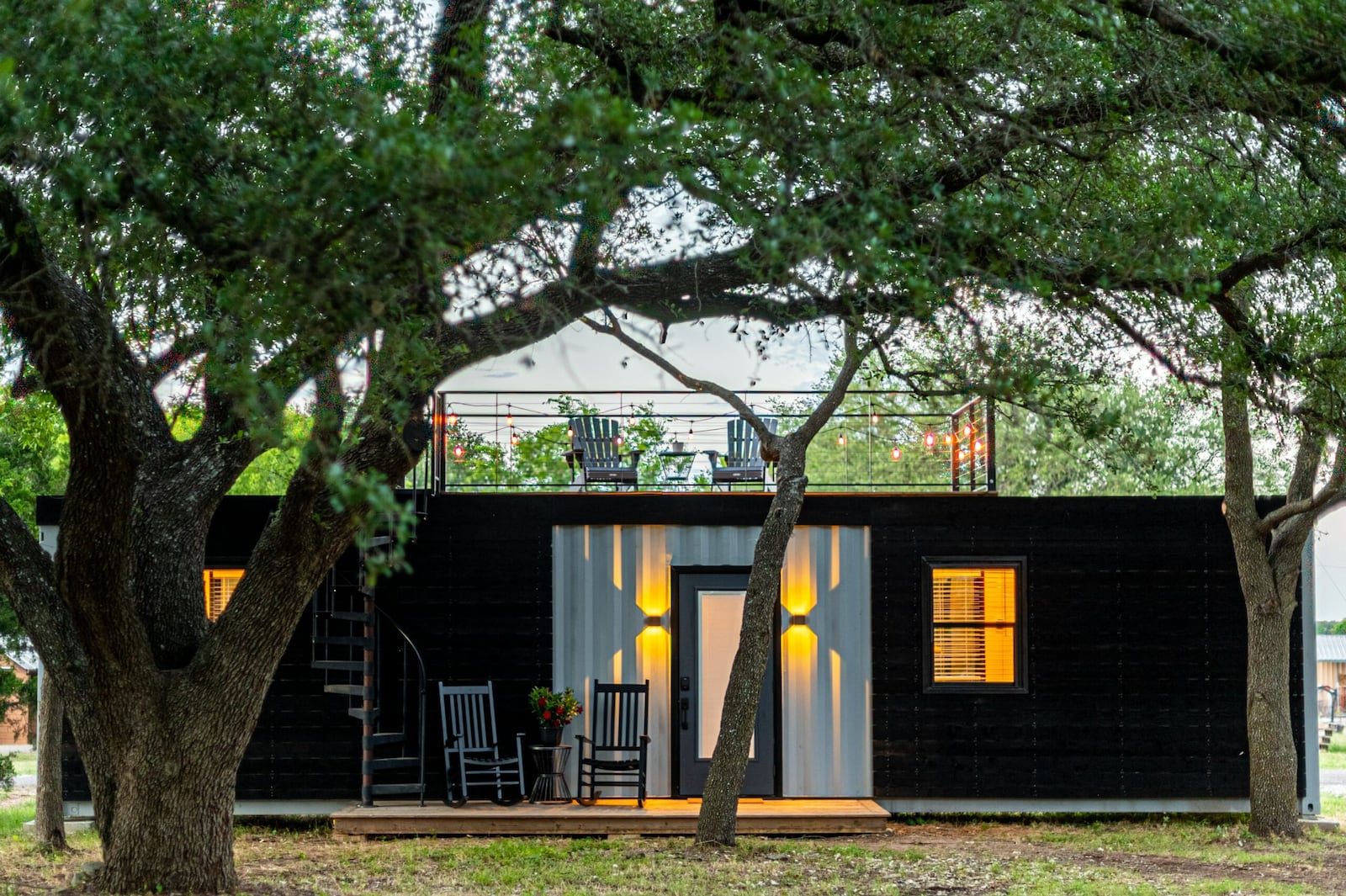Paid advertisement by Parsons Behle & Latimer.
Utah’s housing market has forced a major shift in many people’s long-term plans. Many renters have decided to continue renting until home values decrease resulting in increased need for additional rental housing. Many homeowners and prospective buyers are looking for ways to supplement their income or offset their mortgage.
In response to the changes in the housing market and increased demand in rental housing, in 2021, the Utah Legislature passed House Bill 82, an accessory dwelling unit (ADU)-friendly bill. Internal ADUs are living spaces that are located within the primary residence, such as a basement apartment or attached to the primary residence (attached ADU). House Bill 82 required that Utah cities make internal and attached ADUs a permitted use in residential zoning districts (with some exemptions and exceptions) among other requirements. As Utah cities began working through the development of their ADU ordinances, these ordinances earned the close attention of homeowners, prospective buyers, renters and investors, resulting in thousands of public comments and lively public meetings.
In April 2023, Salt Lake City’s City Council approved changes related to ADUs in the city’s zoning code. Four key issues were hotly and extensively debated, and after the vote, misconceptions and confusion remain. Salt Lake City homeowners were left confused about what actually passed, what changed and what stayed the same. This article provides a brief overview of the key proposed changes to Salt Lake City’s ADU ordinance: what changed, what did not change and a snapshot of how neighboring cities have amended their own ADU ordinances.
First, the changes in the Salt Lake City Code related to ADUs affect properties in Salt Lake City only — not properties in surrounding cities and towns such as Millcreek, Holladay or Cottonwood Heights, although these cities have adopted similar ADU ordinances.
The key proposed changes to SLC’s ADU ordinance were 1) whether the permitted size of ADUs would increase; 2) whether either the primary residence or ADU must continue to be owner-occupied; 3) whether short-term rentals (rental agreements for less than 30 days) would be permitted; and 4) whether the parking requirements for ADUs would be relaxed.
What changed in the ADU ordinance
- ADUS are now a permitted use in any residential zoning area of Salt Lake City, whereas before the change, ADUs primarily required conditional use permits.
The change to permitted use means that homeowners no longer need Planning Commission approval for their ADU. The process for the city to approve the ADU is entirely administrative, meaning no discretionary or public hearings are required. This simplifies and speeds up the process.
- ADUs now require one additional parking space regardless of the number of occupants or bedrooms.
This requirement is subject to some exceptions including:
- Certain properties with driveways that are at least 20 feet deep by eight feet wide that can provide additional parking
- Properties that have on-street parking in front of the home
- Properties located within one-quarter mile of a transit stop
- ADUs can now be the smaller of: 1,000 square feet or equal to the size of the primary residence. This is an increase in the maximum size previously allowed.
What did not change
- Owner Occupancy requirement still applies.
- The owner of the property, or a family member of the owner, must occupy either the primary residence or the ADU. To meet this requirement, the “owner occupant” must be either:a) listed on a recorded deed as an owner of the propertyb) be related by blood, marriage or adoption to a person listed on the recorded deed as an owner of the propertyc) be the trustor of a family trust which holds title to the propertyExceptions are made to the owner occupancy requirement for certain temporary absences of three years or less for military service, temporary job assignments, sabbaticals or voluntary service; or circumstances where the owner is placed in a hospital, nursing home, assisted living facility or other similar facility that provides regular medical care, excluding retirement living facilities or communities. This requirement will be evaluated in April 2026.
- Building Code Requirements Still Apply
Requirements related to setbacks, building coverage (the amount of the lot and yard that buildings, including garages and sheds, can cover compared to the amount of landscaping), and building height still apply. These requirements are specific to each zoning district and set forth in the Salt Lake City zoning code.
Are you interested in adding an ADU to your property?
If you would like to add an ADU and rent it to an unrelated person (or live in your ADU and rent your primary residence), then take the following steps:
- Apply for a building permit for the ADU. The initial review is about a two-week process.
- Once the ADU is built to meet all requirements of the Salt Lake City building and zoning code, and all inspections have been passed, then obtain a certificate of occupancy.
- Apply for a business license to rent the dwelling.
- Enroll in the good landlord program.
- Provide proof of owner occupancy.
- Record a deed restriction against the property stating that the owner occupant must occupy the property. The Salt Lake City planning department can provide a form for the deed restriction.

